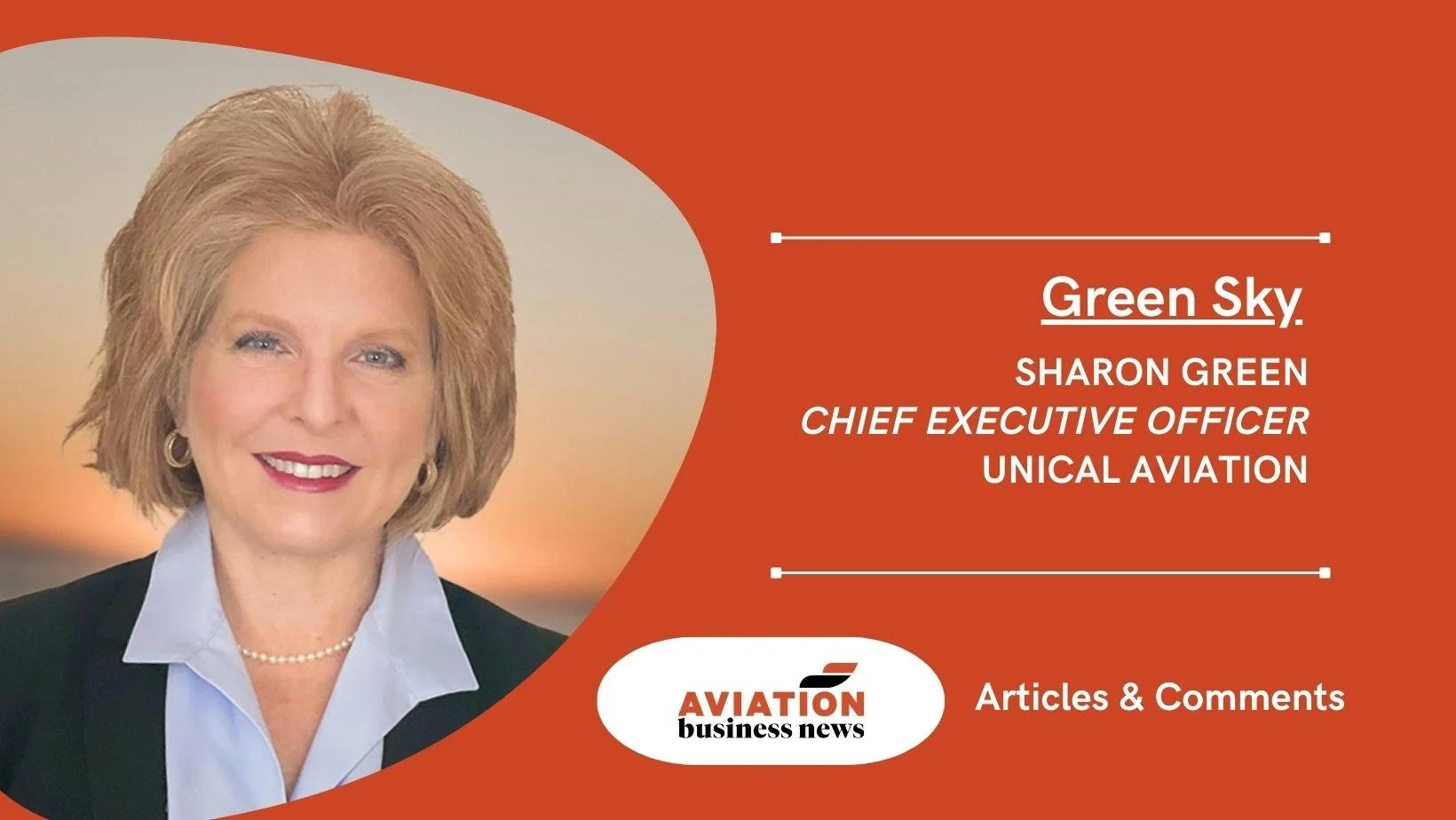
AeroGenie — Your Intelligent Copilot.
Trending
Categories
Joby Aviation Shares Rise 5.6% Following AI Partnership with NVIDIA
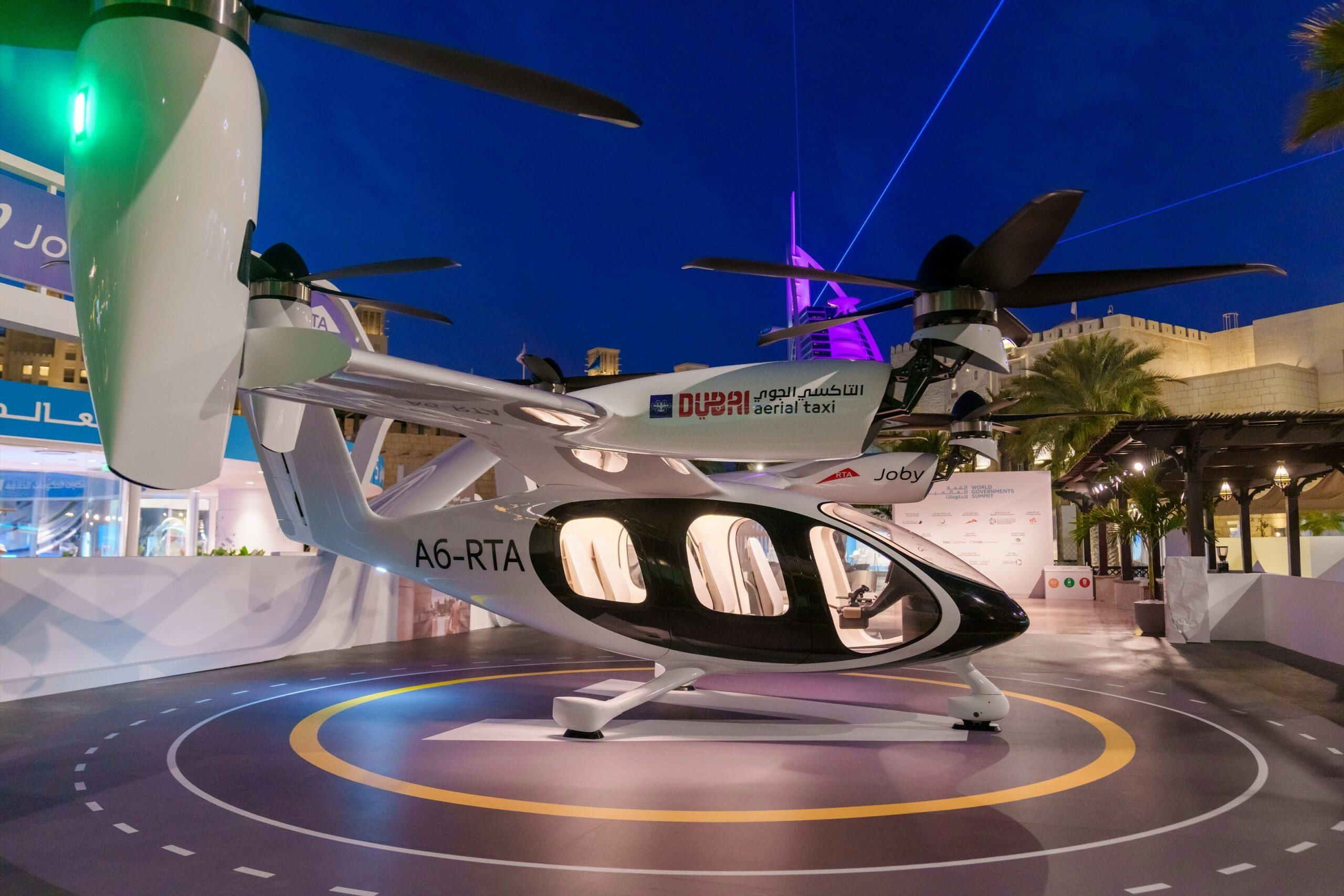
Joby Aviation Shares Rise 5.6% Following AI Partnership with NVIDIA
Joby Aviation’s shares climbed 5.6% after the company announced an exclusive partnership with NVIDIA to integrate advanced artificial intelligence technology into its Superpilot autonomous flight system. This collaboration designates Joby as NVIDIA’s exclusive aviation launch partner for the new IGX Thor platform, a development that has generated considerable investor enthusiasm and propelled the stock more than 7% higher in after-hours trading.
Strategic Collaboration to Advance Autonomous Flight
The partnership is designed to accelerate Joby’s progress toward achieving certifiable autonomous flight, a crucial milestone for both defense and civil aviation sectors. By leveraging NVIDIA’s AI computing capabilities, Joby aims to overcome significant regulatory and technological challenges that have historically impeded the commercial deployment of electric vertical takeoff and landing (eVTOL) aircraft. The integration of the IGX Thor AI platform into Joby’s Superpilot system is viewed as a potential catalyst to shorten certification timelines and mitigate technology-related risks.
Market Response and Investment Considerations
Investor confidence in Joby’s technological leadership and its potential to dominate the autonomous air taxi market has been bolstered by the announcement. The company’s future success depends not only on innovation but also on securing Federal Aviation Administration (FAA) certification, scaling commercial operations, and expanding passenger markets, all while managing ongoing unprofitability. Despite the positive market reaction, Joby continues to face significant challenges, including high cash burn rates, dilution from capital raises, and an uncertain path to profitability. These factors remain key concerns for investors even as the AI partnership offers a promising inflection point.
Competitive Environment and Industry Dynamics
Joby’s announcement arrives amid heightened activity within the eVTOL sector. Competitors such as Bridger Aerospace have recently completed a $49 million sale-leaseback transaction to prioritize fleet expansion, while Archer Aviation continues to advance production and secure agreements for its eVTOL aircraft. While these companies focus on scaling operations and capturing market share, Joby’s collaboration with NVIDIA positions it at the forefront of AI integration in air taxi services, potentially reshaping competitive dynamics within the industry.
Divergent Investor Perspectives
Investor sentiment toward Joby remains mixed. Valuation estimates vary widely, with some analysts projecting share prices as high as $12.17, while others remain cautious due to the company’s ongoing losses and dilution concerns. The excitement generated by the AI integration may influence perceptions of near-term risks and long-term potential, yet uncertainties regarding commercial readiness and profitability persist.
Outlook
As Joby Aviation advances its autonomous flight ambitions through its partnership with NVIDIA, the company stands at a critical juncture. The collaboration has sparked renewed optimism and a notable rally in its stock price, but the company’s ability to navigate regulatory, financial, and operational challenges will ultimately determine its success in a rapidly evolving market.
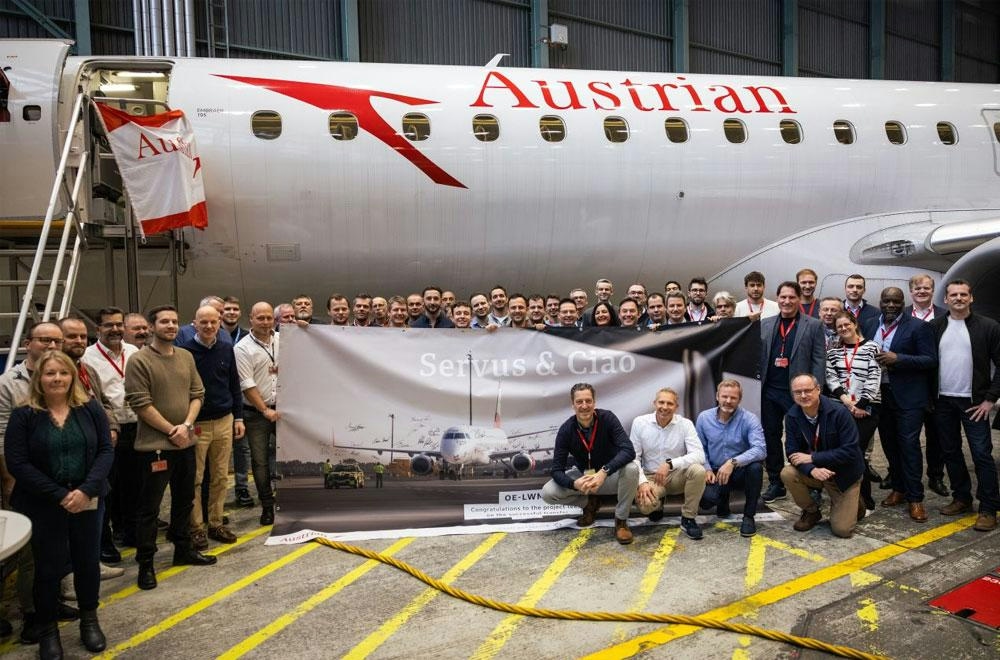
Austrian Airlines Transfers Embraer Fleet to Air Dolomiti
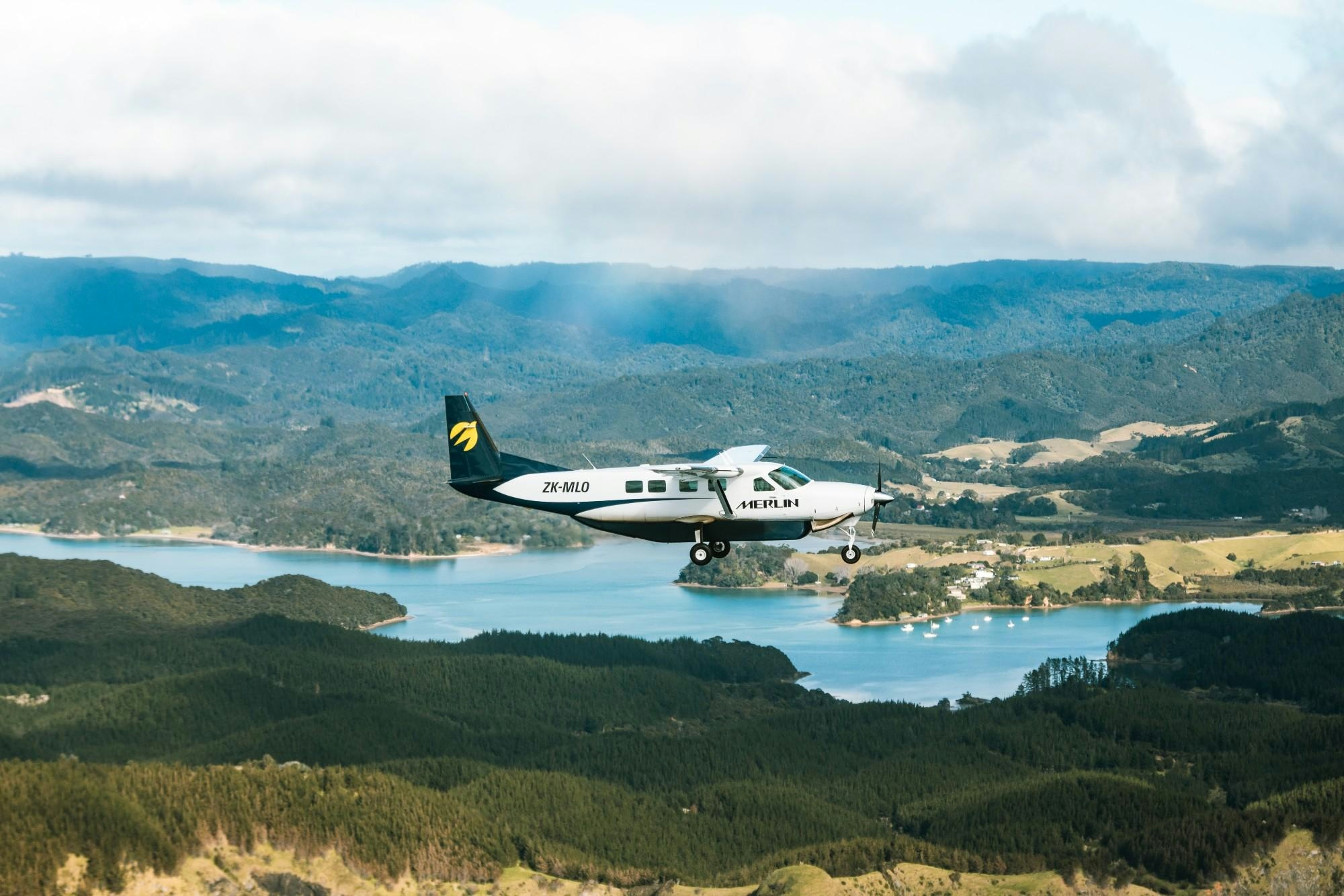
Merlin Labs: AI Aviation Company with SPAC Downside Protection
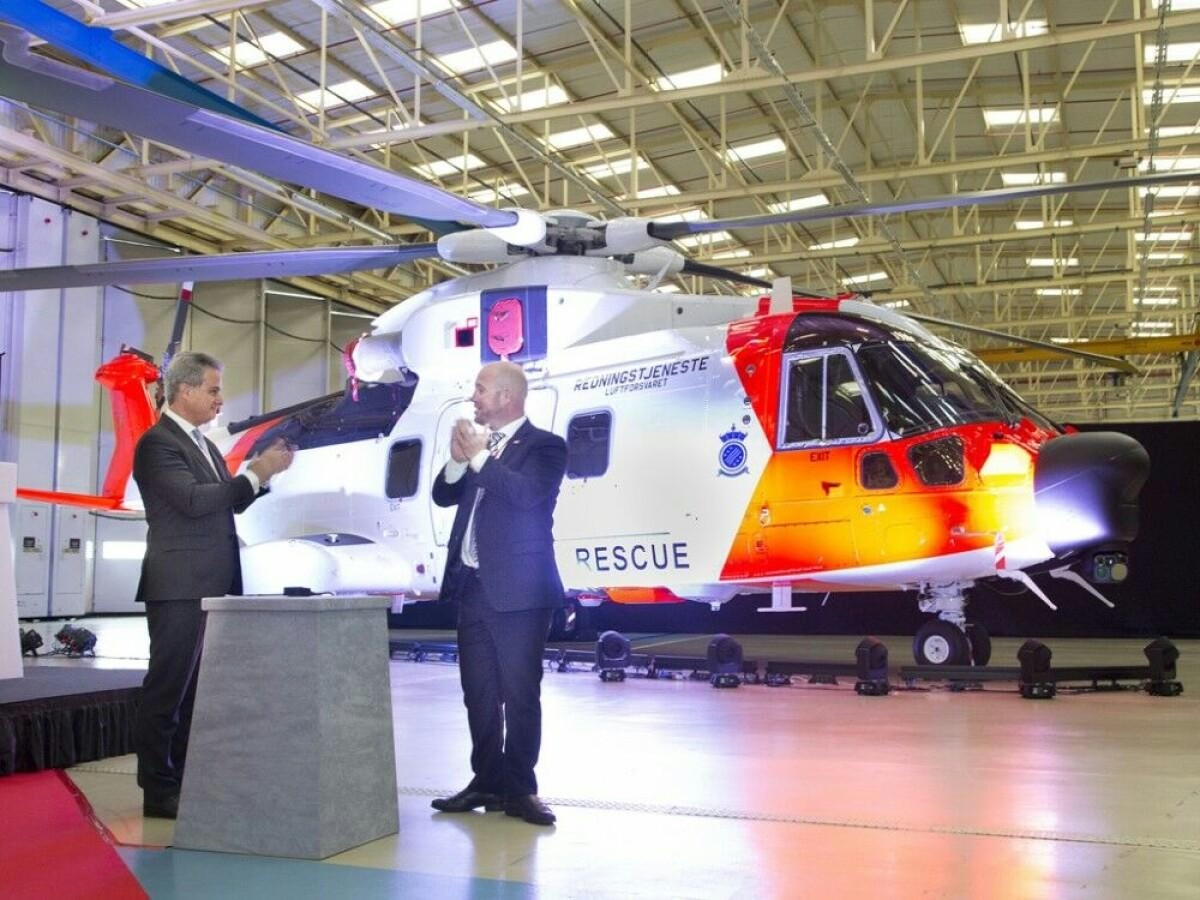
Heli-One Extends AW101 Search and Rescue Support in Norway

Falko Completes First Aircraft Sale in Japan
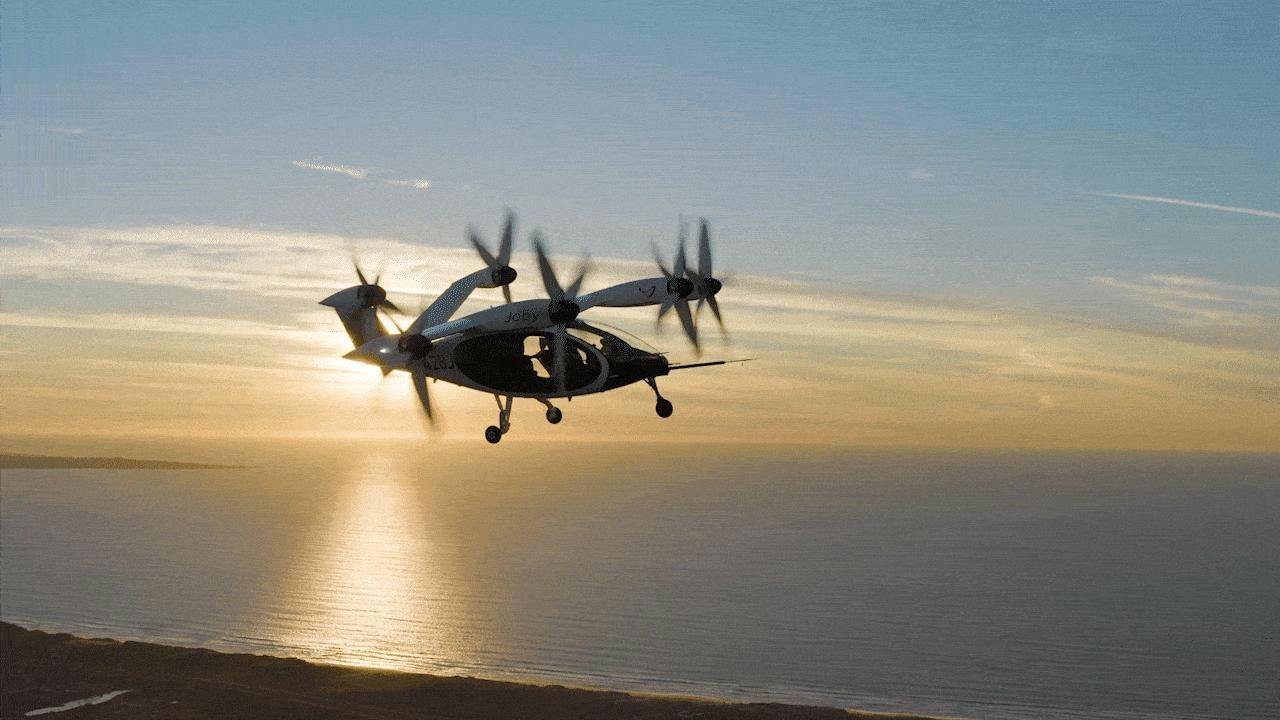
Joby Surpasses 50,000 Air Taxi Miles, Completes Fourth Global Demonstration
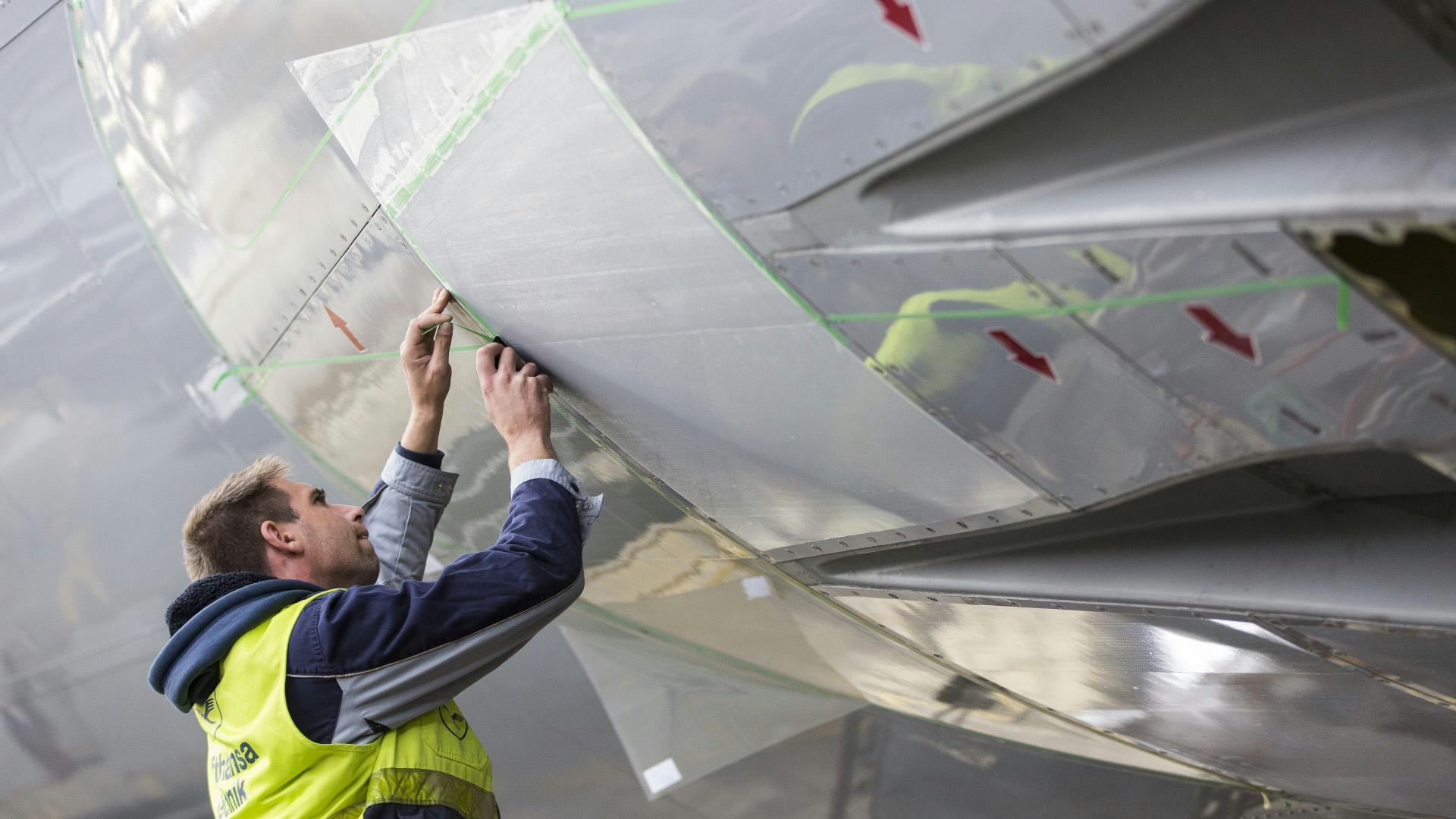
SWISS Renews Boeing 777 Component Support Agreement with LHT
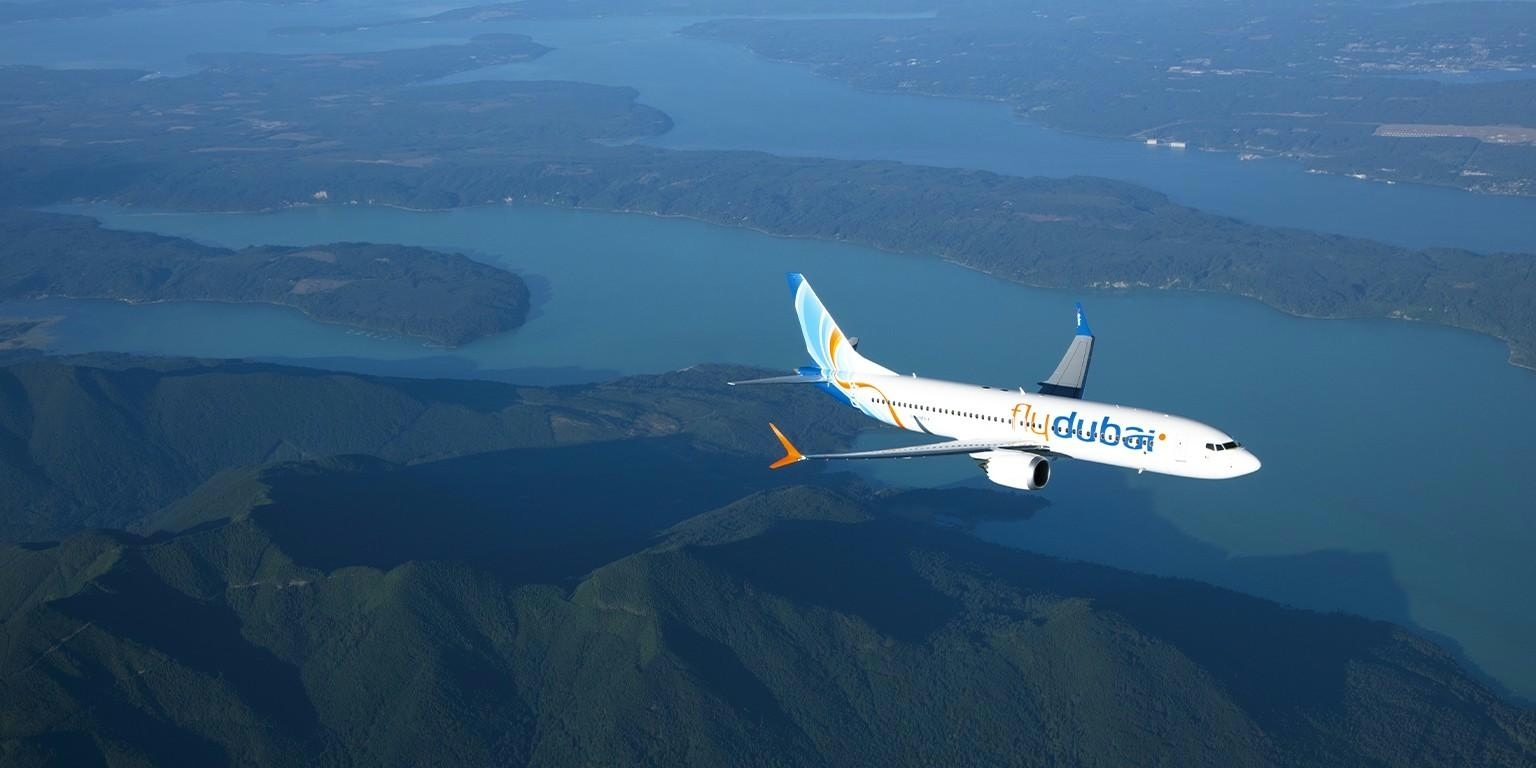
Flydubai Partners with Amazon Web Services to Enhance Digital Operations
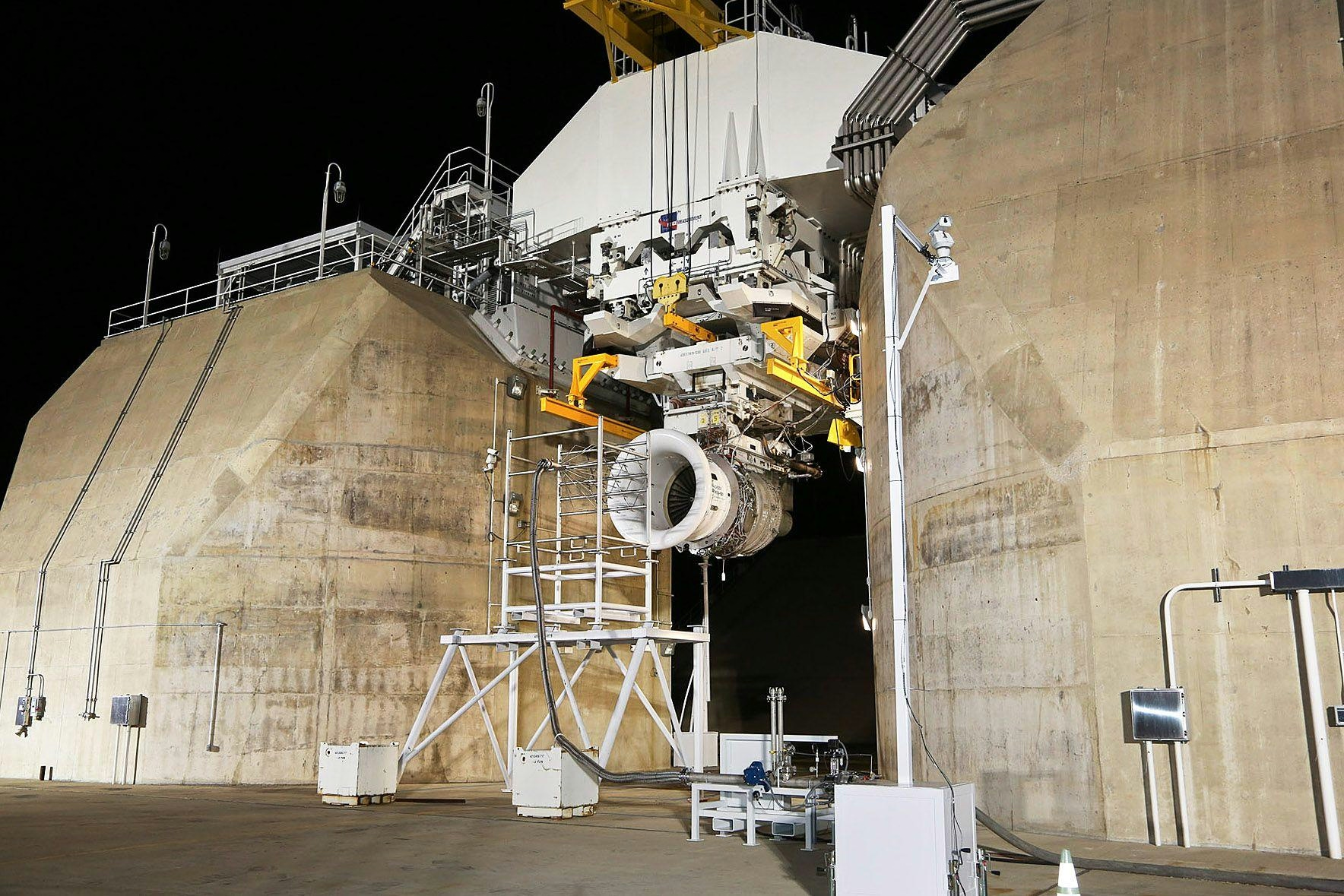
Do Chickens Get Thrown Into Aircraft Engines?
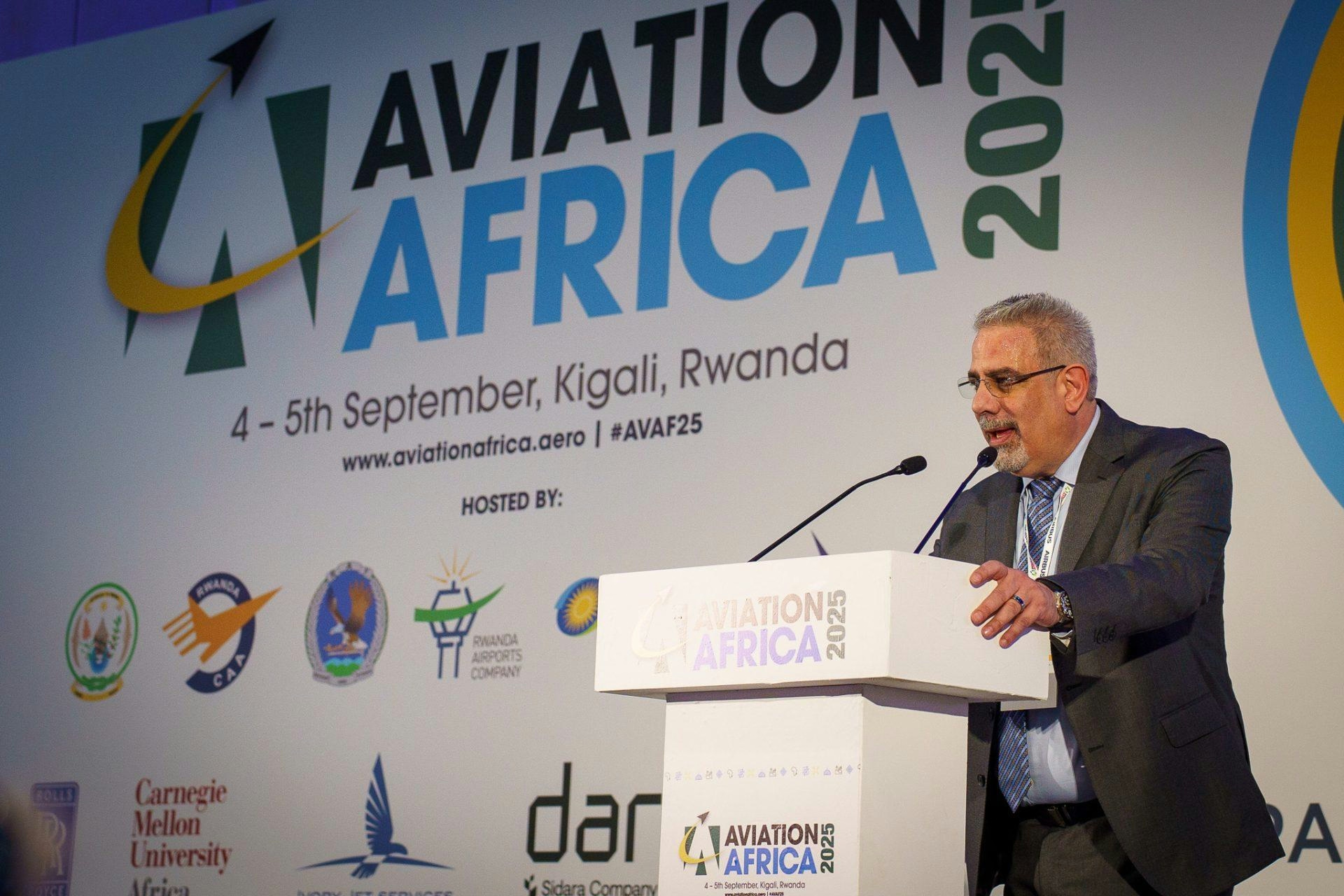
IATA Identifies Africa as the Most Expensive Region for Airline Operations
